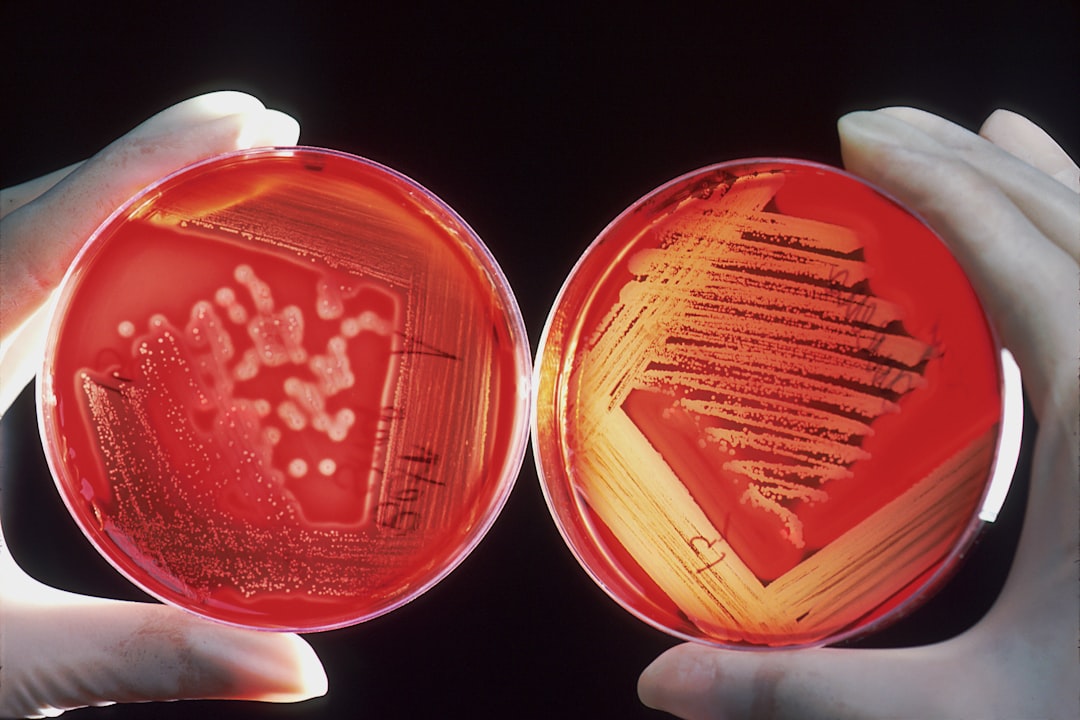What is it about?
This work presents a simple and quantitative method to track fractional microbial subpopulations that persist after heat or silver nanoparticle treatment, based on electrophysiological changes due to alterations in their cell wall or sporozoite structure in the cytoplasm using an electrokinetic microfluidic device.
Featured Image
Why is it important?
Infectious diseases are among the leading causes of mortality across the world. Although antibiotics are commonly used to deactivate the microorganisms, the development of resistant and persistent strains has challenged public health, thereby highlighting the need for novel and rapid diagnostic platforms that are not based on microbial culture. This label-free dielectrophoretic method can characterize individual microbial subpopulations with phenotypically different alterations within heterogene
Read the Original
This page is a summary of: Quantitative dielectrophoretic tracking for characterization and separation of persistent subpopulations of Cryptosporidium parvum, The Analyst, January 2014, Royal Society of Chemistry,
DOI: 10.1039/c3an01810e.
You can read the full text:
Resources
Dielectrophoretic separation of persistent heat treated Cryptosporidium parvum
Dielectrophoretic (DEP) separation of Cryptosporidium parvum oocysts based on oocyst wall alteration after 70 degree C heat treatment. Electric Field: 300 Vpp/cm Frequency: 100 kHz Results: Negative DEP of oocysts with intact oocyst wall and positive DEP with altered oocysts
Separate Cryptosporidium parvum by dielectrophoresis technique (400kHz)
Dielectrophoretic (DEP) separation of Cryptosporidium parvum oocysts based on sporozoite. Electric Field: 300 Vpp/cm Frequency: 400 kHz
Separate Cryptoporidium parvum by dielectrophoresis technique (50kHz)
Dielectrophoretic (DEP) separation of Cryptosporidium parvum oocysts based on oocyst wall. Electric Field: 300 Vpp/cm Frequency: 50 kHz
Contributors
The following have contributed to this page










